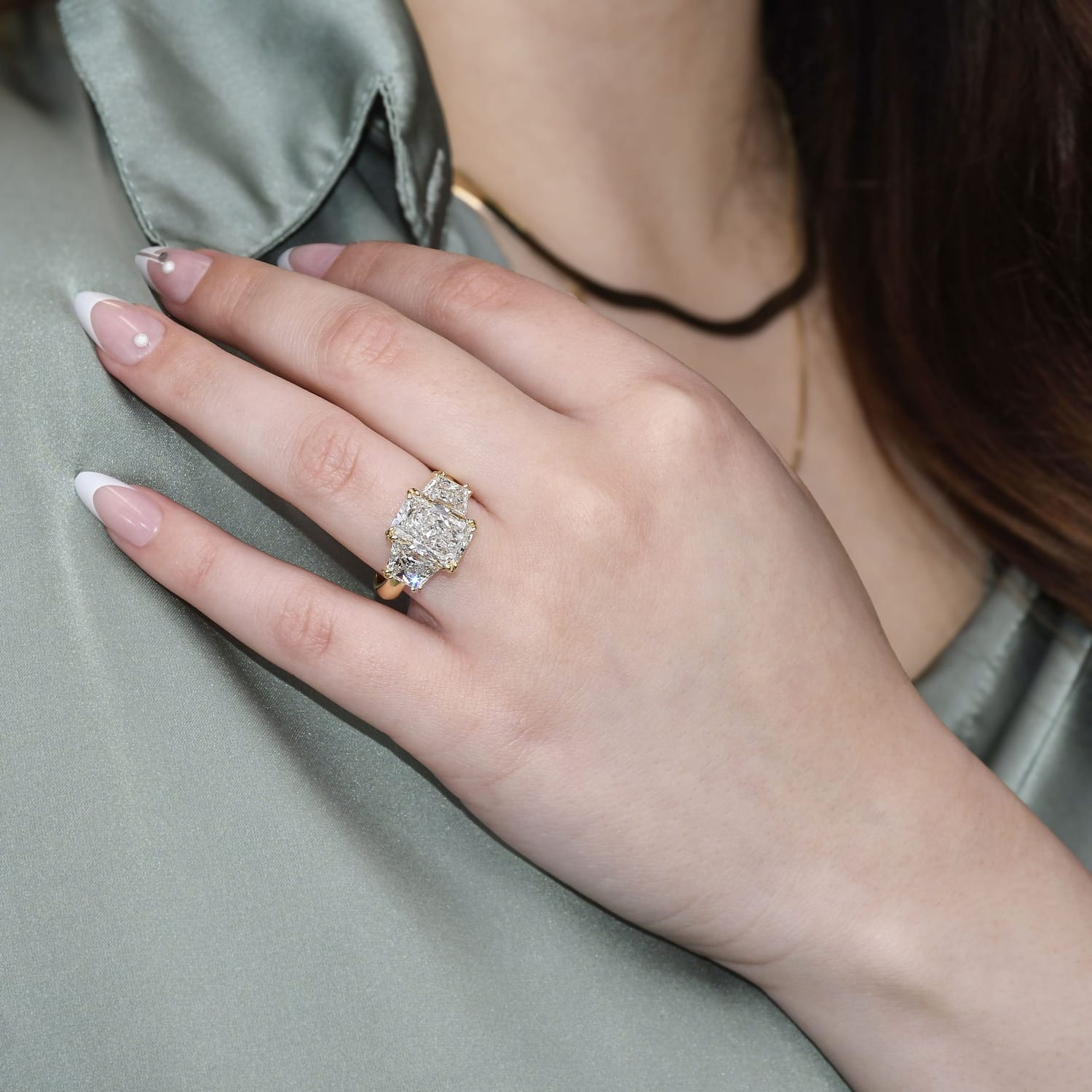Gemstone Education: Emeralds - Emerald Treatments
Emerald Treatments: Enhancing Clarity and Appearance
Emeralds, like many gemstones, are often treated to enhance their clarity and appearance. Due to their natural formation, many emeralds contain surface-reaching fractures that can detract from their beauty. To improve their appearance, these fractures are often filled with various substances. Understanding these treatments is crucial for both consumers and professionals in the gemstone industry.
1. Types of Treatments
- Fracture Filling: The most common practice in emerald treatments involves filling surface-reaching fractures with substances such as:
- Oils and Waxes: Traditional fillers like cedar oil are used because they have a similar refractive index to emerald, which makes the fractures less visible.
- Artificial Resins and Polymers: Modern treatments use epoxy prepolymers and other polymers, including UV-setting adhesives. These materials also help to improve the clarity by making the fractures less noticeable.
2. Durability of Treatment
- The durability of the filler material is a crucial consideration. While some substances like certain glasses and resins are more durable, they are susceptible to deterioration from exposure to heat, chemicals, or even changes in air pressure.
3. Detectability and Care
- Detectability: A trained gemologist can usually identify filled fractures in emeralds using standard gemological tools. This identification is important for proper valuation and care.
- Special Care Requirements: Due to the nature of the fillers, treated emeralds require special care. They should be protected from exposure to heat, which can cause the filler to degrade or even come out of the fractures. Similarly, exposure to harsh chemicals and extreme changes in air pressure should be avoided to maintain the integrity of the treatment.
4. Encountered in the Trade
- Emeralds are not the only gemstones that undergo fracture filling; diamonds, rubies, and sapphires are also commonly treated in similar ways. However, the prevalence and type of filler used can vary significantly between different types of gemstones.
5. Ethical Considerations and Disclosure
- It is considered ethical practice within the gemstone industry to disclose any treatments that a gemstone has undergone. Transparency regarding treatments not only ensures consumer trust but also helps in maintaining the gemstone's value and ensuring proper care.



